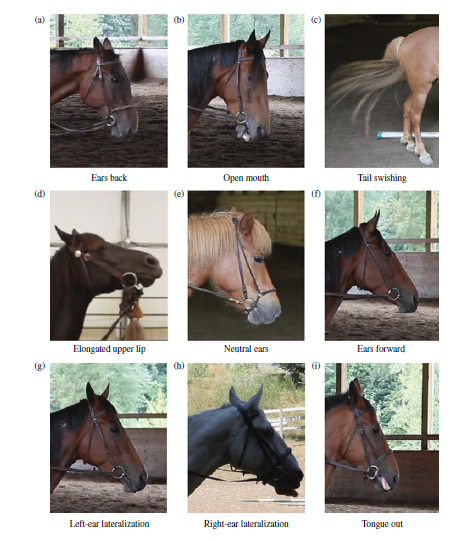
Wither scratching and neck patting, what about?
Relaxation of the horse during riding is imperative to facilitate learning and ease of training. Therefore, this study looked at the physiological and behavioural effect of two common practices, used to relax or reward the horse, namely wither scratching and neck patting. Research has suggested that scratching the wither area of a horse seems to imitate allogrooming (horses scratching each other’s withers with their lips and teeth). No comparable horse-horse behaviours to human-horse patting have been identified, thus neck patting may not be relevant ethologically.
In the current study, 18 horses were exposed to 3 treatments, including no interaction, neck patting, and wither scratching, for 1 min each following a short obstacle course. Heart rate, heart rate variability, and behavioural postures of ear, leg, tail, head, and mouth movements were measured in the horses.
Compared to neck patting or no interaction between horse and rider, wither scratching produced longer duration of relaxed-type behaviours, right-ear lateralisation and tongue display and shorter duration of agitated-type behaviours, left-ear lateralisation and licking/ shewing. Unexpectedly, horses displayed similar results during the neck patting and the no-interaction intervention. No significant treatment differences were found for HR and HRV parameters measured. Behavioural results in the current study suggest that wither scratching for a one minute period may help to increase relaxation when the horse is standing under saddle.

Expert opinion by Isabeau Deckers
The finding of this study may have implications for the management of horses while under saddle. While wither scratching is shown to be effective to increase relaxation of the horse when saddled, neck patting showed no clear physiological or behavioural benefits. Nevertheless, the physiological results in this study suggest that scratching the withers as well as neck patting and 'doing nothing' generates equal responses in the horse.
> From: Thorbergson et al., J Appl Anim Welf Sci 19(3) (2016) 245-59. All rights reserved to Thorbergson, ZW.. Click here for the online summary.


